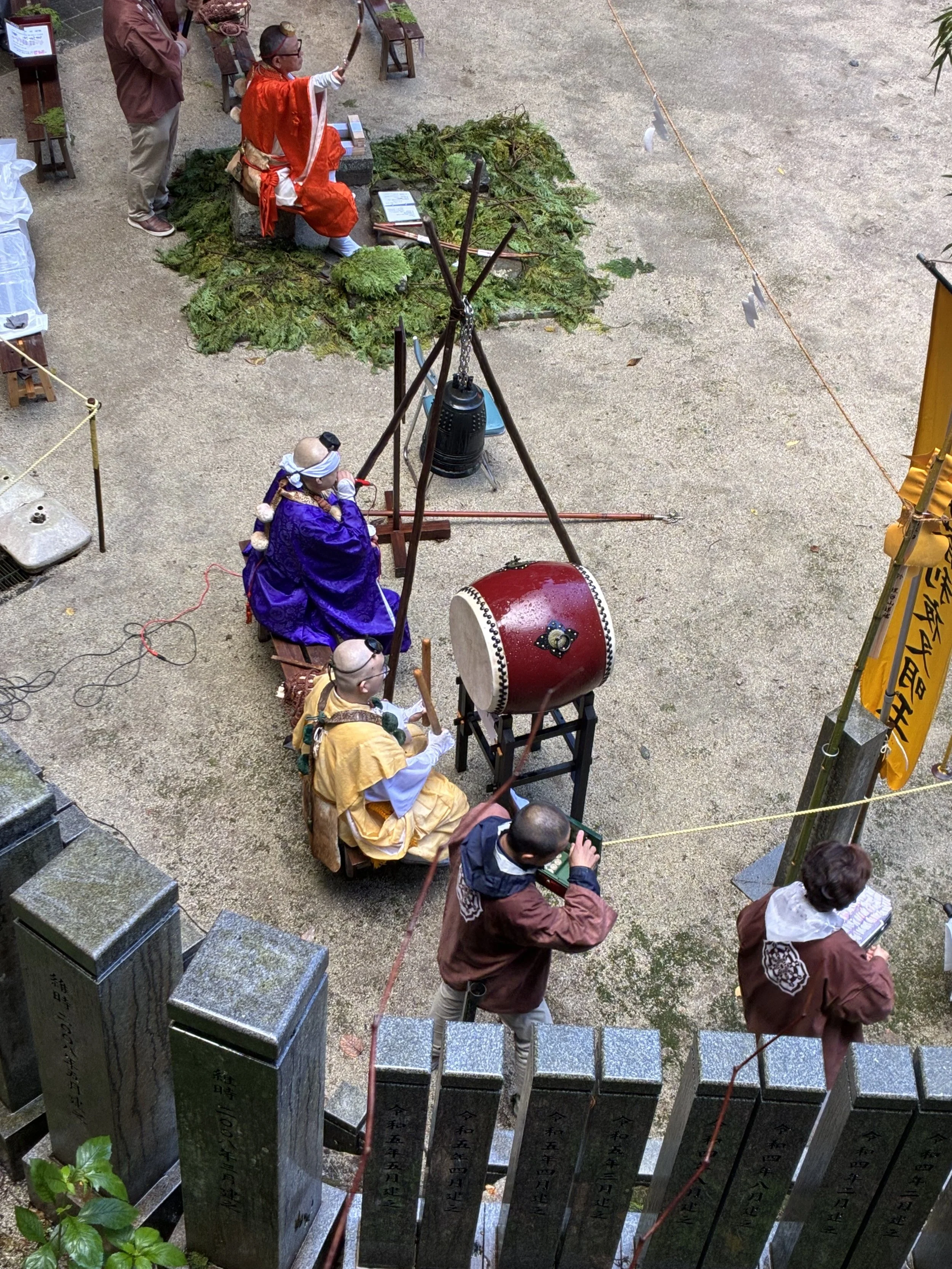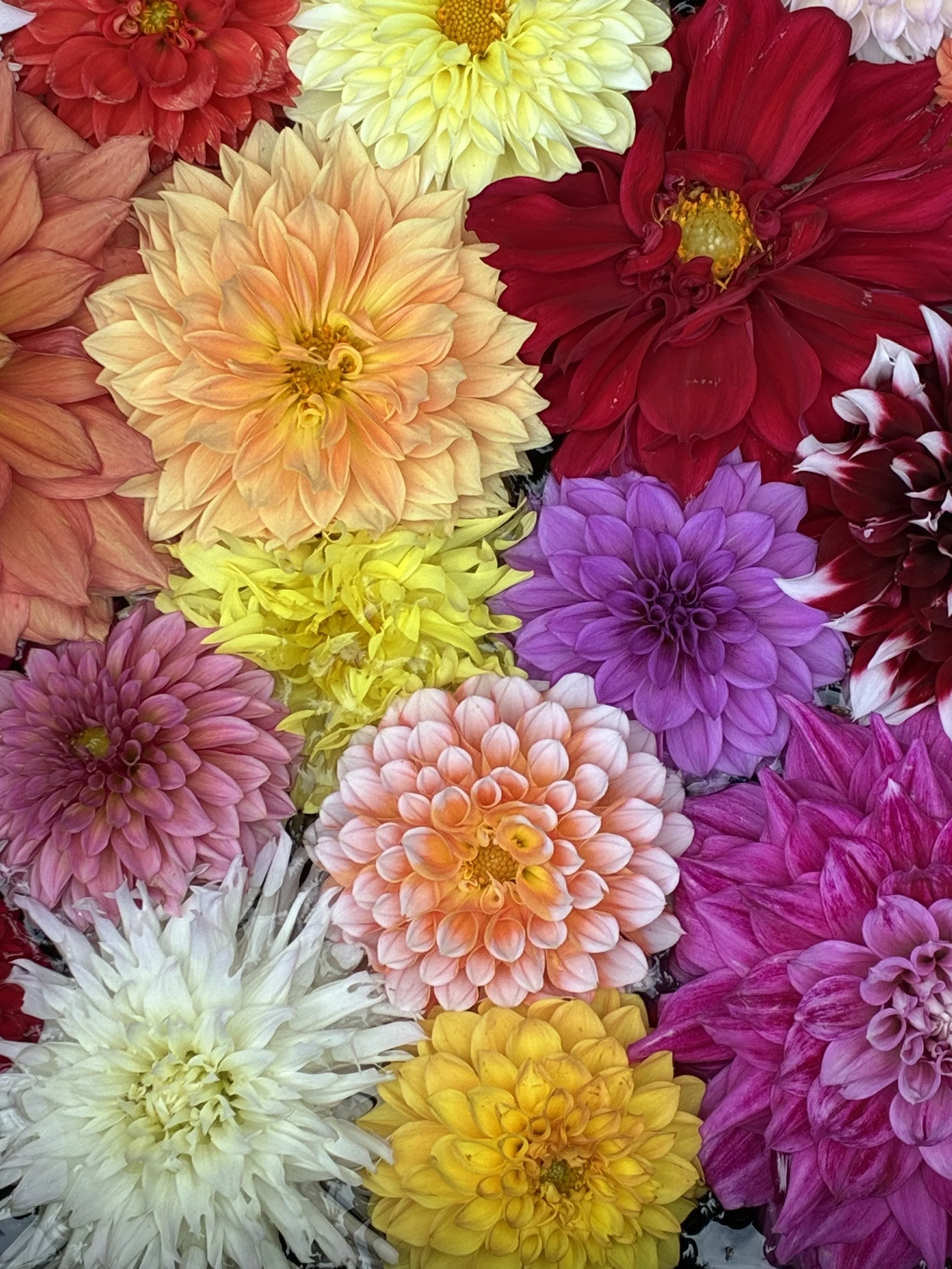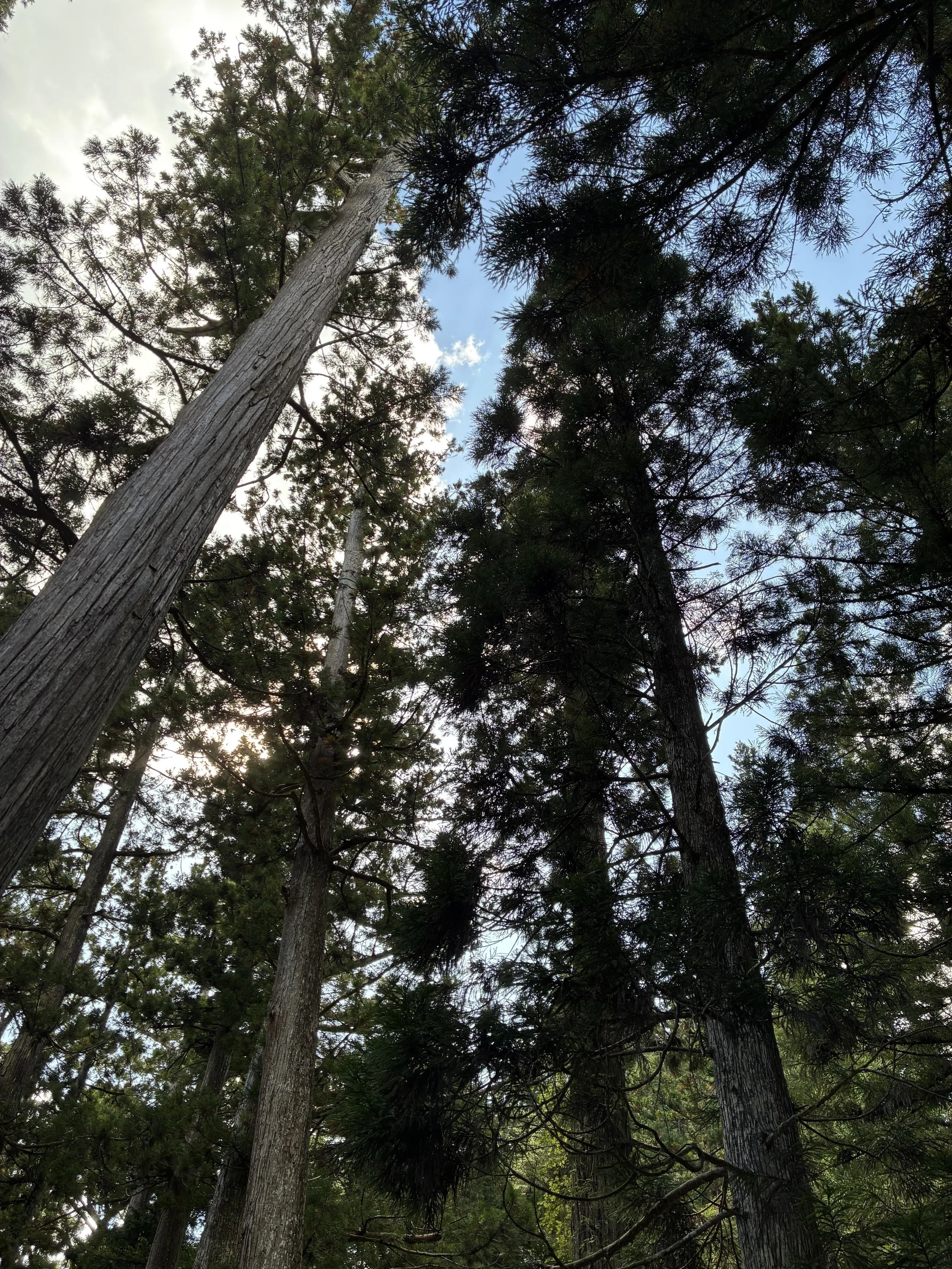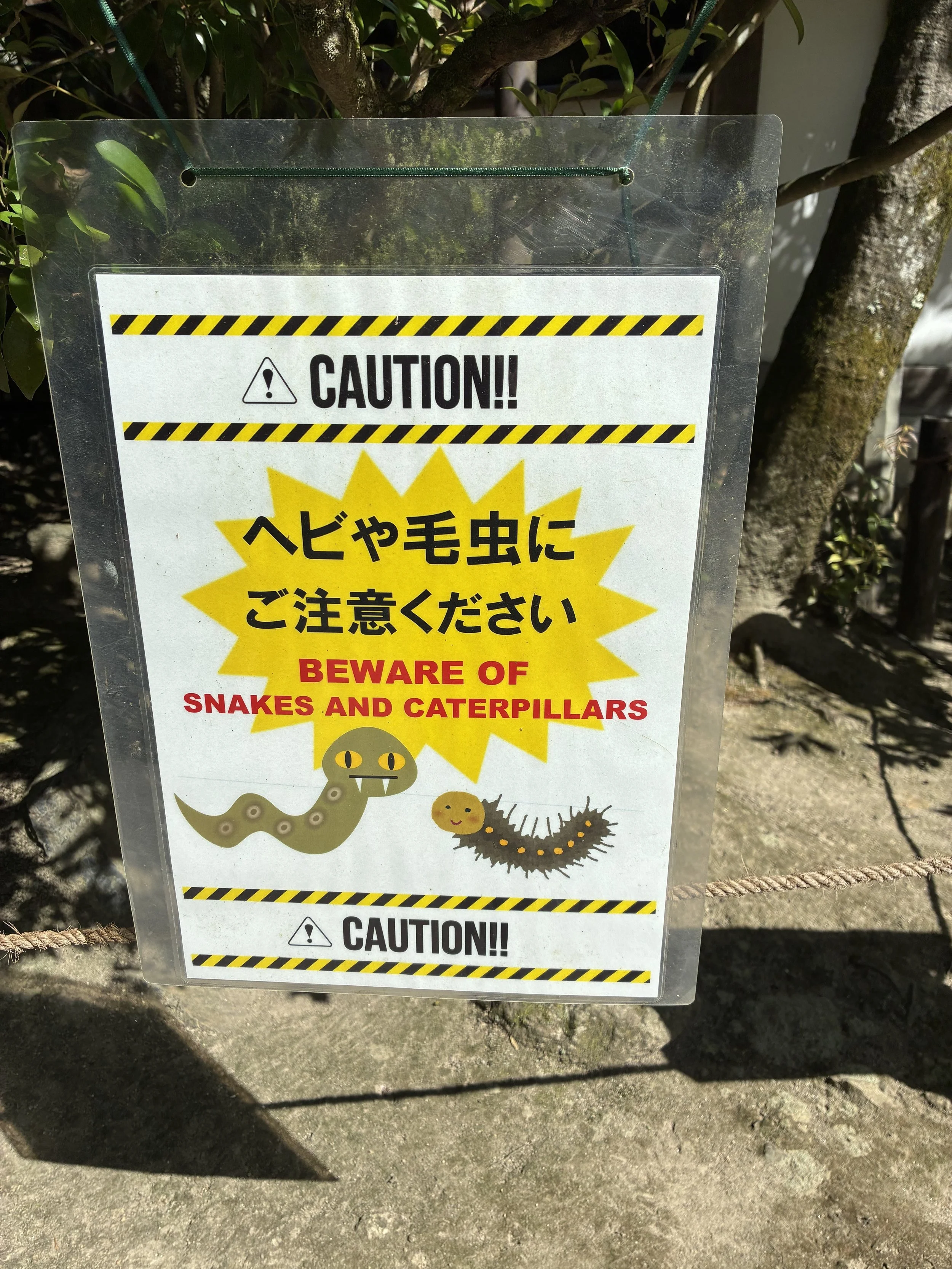Poem of the One World by Mary Oliver
Heron at Flea Market- To-ji Temple, Kyoto
Herons are everywhere in Japan, wading on the banks of the Kamogawa river in Kyoto, fishing in a canal by the To-ji temple while tourists and shoppers walk by to visit the monthly flea market, or perched on a tree or house in a village.
I have been wondering what the sightings of so many of these majestic birds mean. A search on the internet results as follows:
“Seeing a blue heron can be interpreted as a symbol of patience, self-reliance, and good fortune, suggesting a message to pause and act with grace. It can also represent a spiritual messenger, symbolizing divine communication, inner wisdom, or a reminder to be still and self-determined.”
SKY ABOVE
EARTH BELOW
Fire Purification Ritual- Tanukidani-san Fudo-in Temple, Kyoto
Aki Matsuri Fall festival at Tanukidani-san Fudo-in Temple in Kyoto
In Japan, the changing of the seasons is celebrated with rituals, usually those that focus on praying to cleanse oneself of past wrongs and to pray for blessings in the future. Tanukidani-san Fudo-in Temple celebrates its Fall Festival called Aki Matsuri in early November. The Aki Matsuri involves visitors writing their wishes on wooden tablets (gomagi) and monks who practice a form of mountain asceticism called Shugendo throwing those wooden tablets into a sacred bonfire (goma) as witnessed in the videos. With the sound of Buddhist sutras in the air, the wishes of the participants are blessed as they are engulfed in the fire. I heard about Shugendo, a blending of Shinto and Buddhist practices, from Alena, the mountain guide that I worked with on my Women’s Pilgrimages. This blending of Shintoism and Buddhism is particularly evident at Tanukidani-san Fudo-in temple. Just the name of the temple reflects that: Tanuki is the name for the Japanese raccoon dog and is deeply embedded in the Shinto folklore while Fudo Myyo is an important deity in Shingon buddhism as a wrathful protector of the Buddhist law. To get to the temple, you have to walk 250 steps. On most of the steps a small statue of a tanuki has been placed. The main temple enshrines a statue of Fudo Myyo in a cave. There is a waterfall for the practice of Takigyo, an ancient ascetic ritual where practitioners stand under freezing, pounding waterfalls to purify body and mind, achieving spiritual clarity and connection with nature by enduring intense sensory shock, chanting mantras, and confronting internal challenges, leading to feelings of rebirth and mental reset. It's a core part of Shugendo. Alena has written extensively about Shugendo and how as a young woman from Eastern Germany, she came to become a practitioner. You can find her writings in a set of articles titled Shugendo Diaries. Attending Aki Matsuri at this temple was the third time I visited the grounds. During the previous two visits, I had been mostly on my own or with a couple of other visitors. The fire festival made the place and Shugendo come to life in a spectacular way and allowed me to further appreciate the integration of the two traditions. Enjoy my amateur videos!
SKY ABOVE
Earth below
kizuki: tanukis or raccoon dogs statues
To read mor about tanukis, check out my May 2025 newsletter then watch the studio Ghibli movie Pom Poko.
In January, after the devastating fires in Los Angeles, I wrote about Fudo Myoo and how to use the strong and fierce energy of anger in beneficial, protective, ways.
Beauty and Good Luck- More Insights from Japan
Finding Good Luck on the Nakasendo Trail
A Different Vibe and Yet ... - Tokyo
SKY ABOVE
kizuki
Before the white chrysanthemum
the scissors hesitate
a moment.
~Buson
Translated by Robert Hass
The chrysanthemum is the symbol of the Imperial family, and its 16-petal design serves as the imperial crest.
Higanbana, Gorintos and Kizuki: Insights from Japan
Elemental Gorintos- Okunoin, Mount Koya
Gorintos
The gorintō (五輪塔 lit. five ring tower) is a pagoda found almost only in Japan and believed to have been first adopted by the Shingon and Tendai sects during the mid Heian period. It is used as a tomb marker or as a cenotaph, and is therefore a common sight in Buddhist temples and cemeteries. It is also called gorinsotōba (五輪卒塔婆) ("five-ringed stupa") or goringedatsu (五輪解脱), where the term sotoba is a transliteration of the Sanskrit word stupa.[12]
In all its variations, the gorintō is made of five blocks (although that number can sometimes be difficult to detect), each having one of the five shapes which symbolize of the Five Elements believed to be the basic building blocks of reality: earth (cube), water (sphere), fire (pyramid), air (crescent), and ether, energy, or void (lotus).[11] The last two rings (air and ether) are visually and conceptually united into a single subgroup.
Five elements
The square base represents earth
The hemispherical dome/vase represents water
The conical spire represents fire
The upper lotus parasol and the crescent moon represent air
The sun and the dissolving point represent the element of space
If you want more: Gorinto: a uniquely Japanese five element stupa (from Elemental Japan website)
SKY ABOVE
EARTH BELOW
Kizuki
The word "Kizuki" can mean the act of "noticing," "realizing," or "becoming aware of" something (気付き) in Japanese.
Higanbana: the Insight that Brings Us to the Other Shore- Senyuji Temple, Imabari City
PILgrims at the Daishi Hall of Temple 58 reciting the Heart Sutra
SKY Above
EARTH BELOW
Kizuki : HIGANBANA
The word "Kizuki" can mean the act of "noticing," "realizing," or "becoming aware of" something (気付き) in Japanese.
This flower is the Red Spider Lily, known as Higanbana (彼岸花) in Japanese. It's called a "naked lady" because it blooms on leafless stalks in late summer and early autumn, making it appear as if the flowers have sprouted directly from the ground.
These striking red flowers bloom around the autumnal equinox and are deeply rooted in Japanese culture, often associated with the "other side" or the spirit world.
Heart Sutra- Translation by Thich Nhat Hanh
The Insight that Brings Us to the Other Shore
Avalokiteshvara
while practicing deeply with
the Insight that Brings Us to the Other Shore,
suddenly discovered that
all of the five Skandhas are equally empty,
and with this realisation
he overcame all Ill-being.
“Listen Sariputra,
this Body itself is Emptiness
and Emptiness itself is this Body.
This Body is not other than Emptiness
and Emptiness is not other than this Body.
The same is true of Feelings,
Perceptions, Mental Formations,
and Consciousness.
“Listen Sariputra,
all phenomena bear the mark of Emptiness;
their true nature is the nature of
no Birth no Death,
no Being no Non-being,
no Defilement no Purity,
no Increasing no Decreasing.
“That is why in Emptiness,
Body, Feelings, Perceptions,
Mental Formations and Consciousness
are not separate self entities.
The Eighteen Realms of Phenomena
which are the six Sense Organs,
the six Sense Objects,
and the six Consciousnesses
are also not separate self entities.
The Twelve Links of Interdependent Arising
and their Extinction
are also not separate self entities.
Ill-being, the Causes of Ill-being,
the End of Ill-being, the Path,
insight and attainment,
are also not separate self entities.
Whoever can see this
no longer needs anything to attain.
Bodhisattvas who practice
the Insight that Brings Us to the Other Shore
see no more obstacles in their mind,
and because there
are no more obstacles in their mind,
they can overcome all fear,
destroy all wrong perceptions
and realize Perfect Nirvana.
“All Buddhas in the past, present and future
by practicing
the Insight that Brings Us to the Other Shore
are all capable of attaining
Authentic and Perfect Enlightenment.
“Therefore Sariputra,
it should be known that
the Insight that Brings Us to the Other Shore
is a Great Mantra,
the most illuminating mantra,
the highest mantra,
a mantra beyond compare,
the True Wisdom that has the power
to put an end to all kinds of suffering.
Therefore let us proclaim
a mantra to praise
the Insight that Brings Us to the Other Shore.
Gate, Gate, Paragate, Parasamgate, Bodhi Svaha!
Gate, Gate, Paragate, Parasamgate, Bodhi Svaha!
Gate, Gate, Paragate, Parasamgate, Bodhi Svaha!”Verses for Environmental Practice- Ginkakuji, Kyoto
gardeners at the temple of the silver pavilion
SKY Above
Earth Below
Kizuki
The word "Kizuki" can mean the act of "noticing," "realizing," or "becoming aware of" something (気付き) in Japanese.
POEM
Verses for Environmental Practice by Robert Aitken Roshi
Waking up in the morning
I vow with all beings
to be ready for sparks of the Dharma
from flowers or children or birds.
Sitting alone in zazen
I vow with all beings
to remember I’m sitting together
with mountains, children, and bears.
Looking up at the sky
I vow with all beings
to remember this infinite ceiling
in every room of my life.
When I stroll around in the city
I vow with all beings
to notice how lichen and grasses
never give up in despair.
Watching a spider at work
I vow with all beings
to cherish the web of the universe:
touch one point and everything moves.
Preparing the garden for seeds
I vow with all beings
to nurture the soil to be fertile
each spring for the next 1000 years.
When people praise me for something
I vow with all beings
to return to my vegetable garden
and give credit where credit is due.
With tropical forests in danger
I vow with all beings
to raise hell with the people responsible
and slash my consumption of trees.
With resources scarcer and scarcer
I vow with all beings
to consider the law of proportion:
my have is another’s have-not.
Watching gardeners label their plants
I vow with all beings
to practice the old horticulture
and let plants identify me.
Hearing the crickets at night
I vow with all beings
to keep my practice as simple –
just over and over again.
Falling asleep at last
I vow with all beings
to enjoy the dark and the silence
and rest in the vast unknown.
































